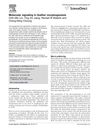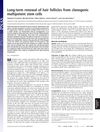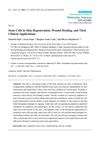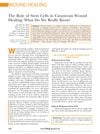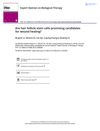Skin Tissue Engineering: Potential of Stem Cell Biology and Skin Morphogenesis
January 2009
in “
Stembook
”
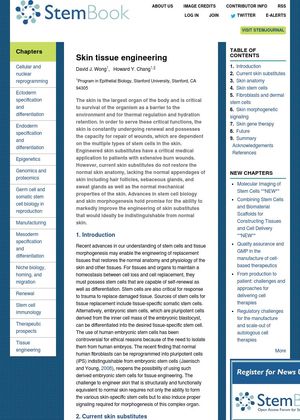
TLDR Improved understanding of stem cell mechanisms can enhance skin tissue engineering.
The 2008 study "Skin tissue engineering" explored the potential of stem cell biology and skin morphogenesis in enhancing the development of skin substitutes. The study emphasized the skin's capacity for repair and renewal due to the various types of stem cells it contains. However, it noted that existing skin substitutes used for extensive burn wounds do not fully restore the normal skin anatomy, lacking hair follicles and other glands. The potential of stem cells, including tissue-specific somatic stem cells and pluripotent cells, in tissue replacement was discussed, but the challenge lies in forming these cells and inducing proper signaling for skin morphogenesis. The study also highlighted the role of fibroblasts, dermal stem cells, and skin-derived precursor cells (SKPs) in maintaining skin homeostasis. The potential of skin gene therapy and induced pluripotent stem (iPS) cell technology for patient-specific tissue replacement was also mentioned. The study concluded that further understanding of the mechanisms that maintain stem cell identities and coordinate growth and differentiation is needed for improved skin tissue engineering.


